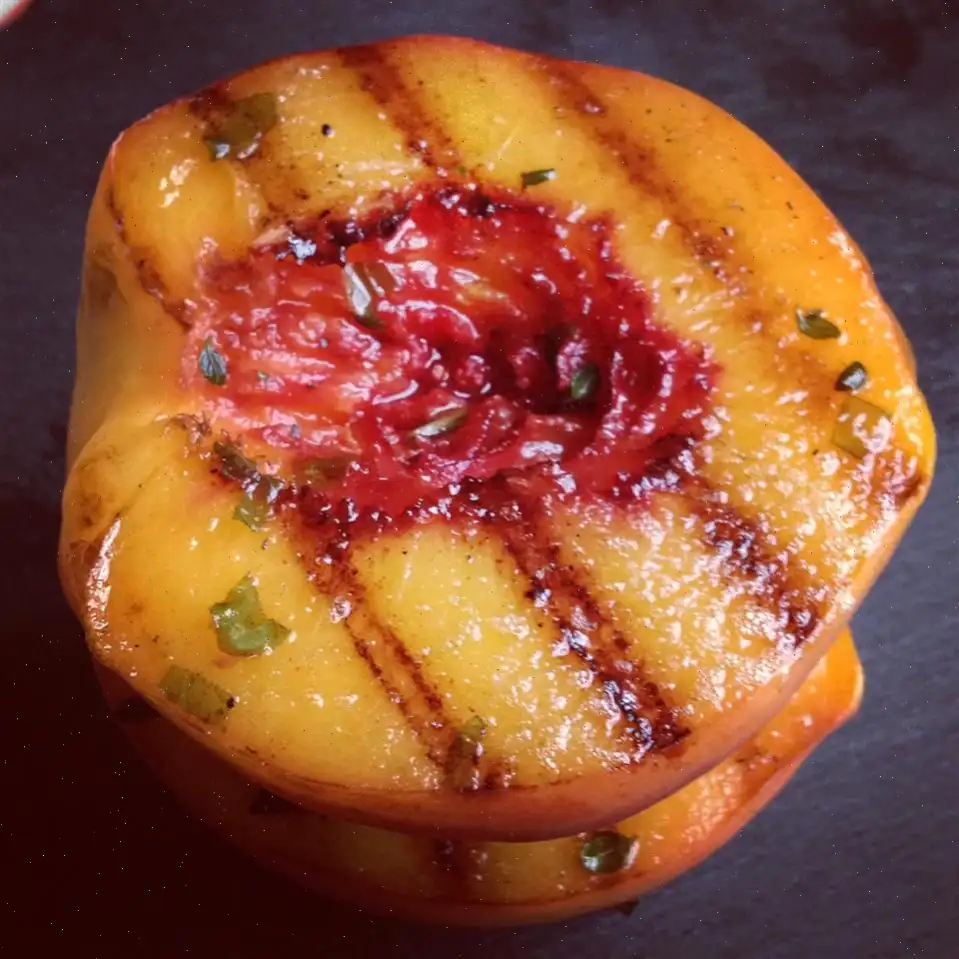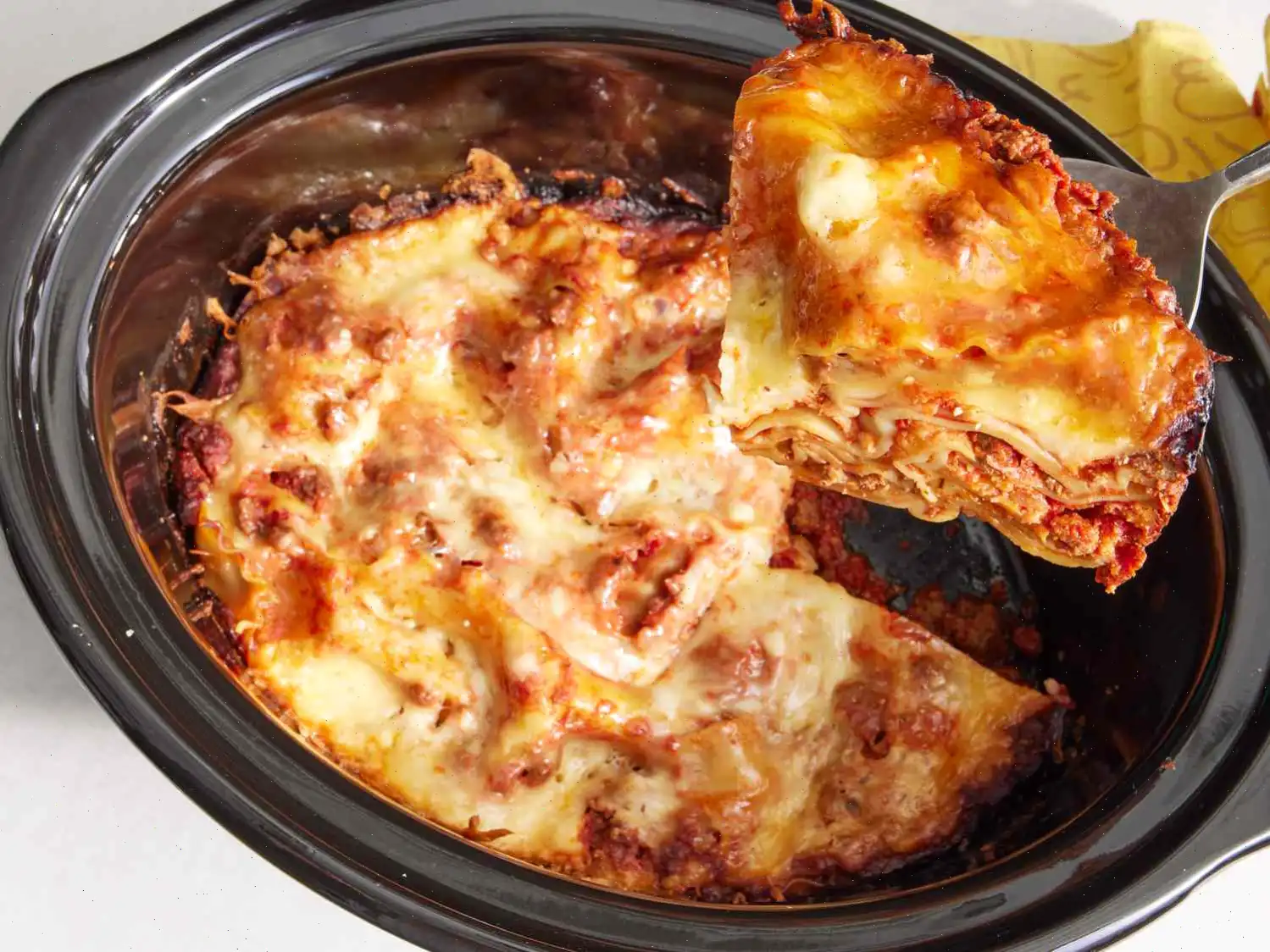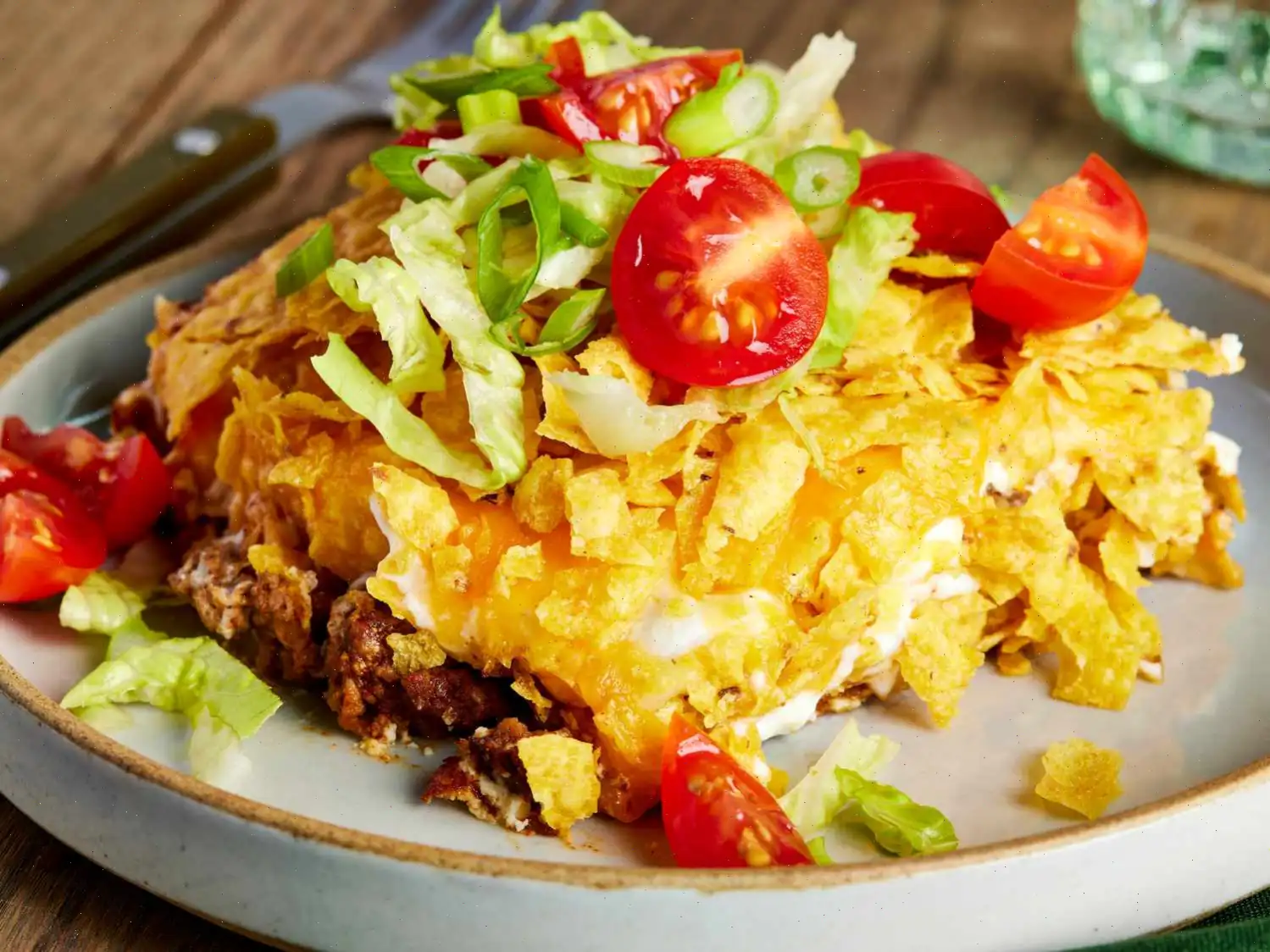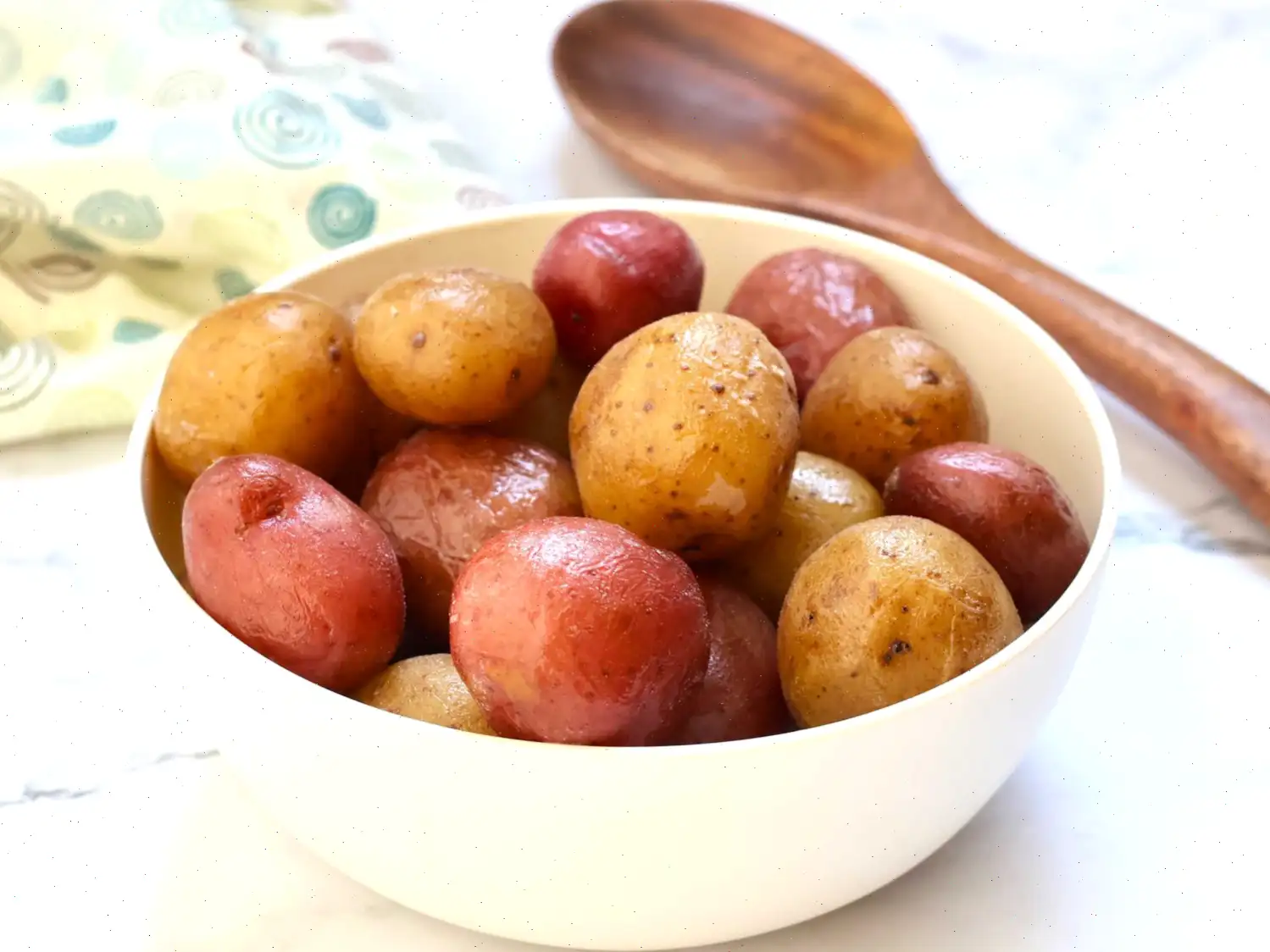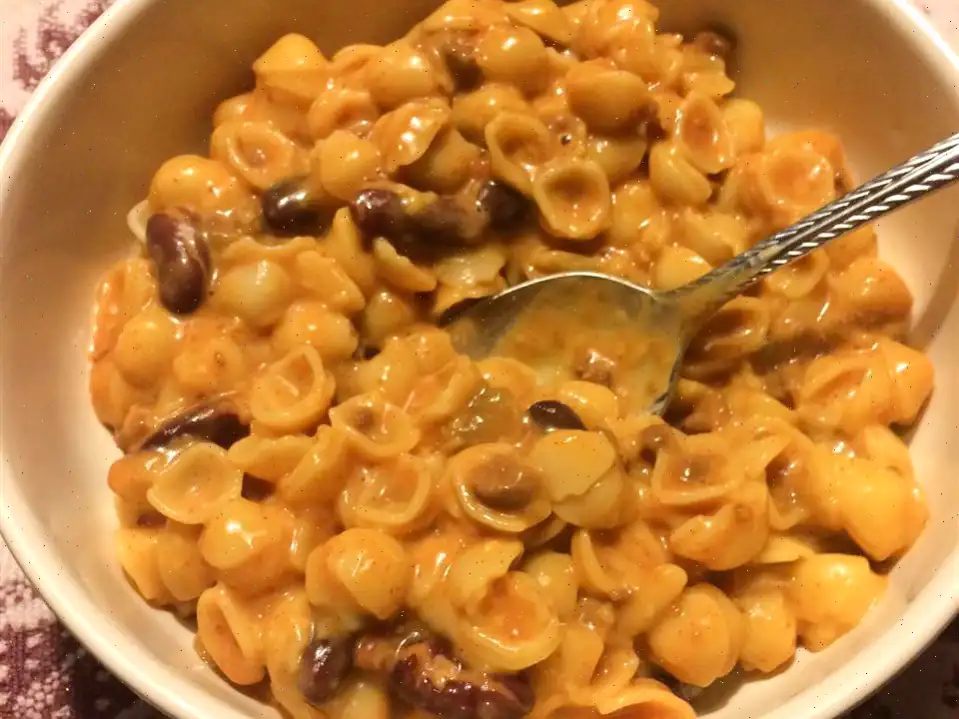
Hibachi Chicken and Rice Casserole Recipe
This flavorful one-pan dish combines tender chicken, fresh vegetables, and a rich, tangy sauce. The perfect balance of protein, veggies, and a delicious sauce to satisfy your cravings. Heres how to make it:
Ingredients
- 2 tablespoons olive oil
- 5 skinless, boneless chicken thighs, cut into 1-inch pieces
- 6 tablespoons low-sodium soy sauce
- 3 tablespoons brown sugar
- 2 tablespoons rice wine vinegar
- 1 teaspoon freshly ground black pepper
- 1 tablespoon grated fresh ginger, or 1 teaspoon ground ginger
- 1 cup diced onion
- 1 cup diced zucchini
- 1 cup diced broccoli
- 2 cloves garlic, minced
- 1 1/2 cups instant rice
- 2 cups low-sodium chicken broth
- 1/2 cup yum yum sauce, or as needed
- 1/4 cup sliced green onions, or as needed
Directions
- Preheat the oven to 375F (190C).
- Heat the olive oil in a large skillet over medium-high heat. Add the chicken pieces and cook until they begin to brown, about 3-4 minutes.
- Add soy sauce, brown sugar, rice wine vinegar, black pepper, and ginger to the skillet. Stir and cook over medium heat until the sauce starts to thicken, about 5 minutes.
- Transfer the chicken mixture to a large bowl and set aside.
- Return the skillet to medium heat and saut the onions, zucchini, and broccoli for 3-4 minutes, until they begin to soften.
- Add the chicken mixture back into the skillet along with the minced garlic, rice, and chicken broth. Stir everything together to combine.
- Place a lid on the skillet and bake in the preheated oven for 15 minutes.
- After 15 minutes, remove the lid and bake for an additional 5-10 minutes, or until the top is golden brown and the rice is fully cooked.
- Drizzle the dish with yum yum sauce and sprinkle with sliced green onions before serving.
Nutrition Facts (per serving)
| Calories | 332 |
|---|---|
| Fat | 17g |
| Saturated Fat | 4g |
| Cholesterol | 121mg |
| Sodium | 662mg |
| Total Carbohydrates | 21g |
| Dietary Fiber | 2g |
| Total Sugars | 7g |
| Protein | 27g |
| Vitamin C | 19mg |
| Calcium | 50mg |
| Iron | 2mg |
| Potassium | 587mg |
Note: Percent daily values are based on a 2,000 calorie diet. Your daily values may vary depending on your calorie needs.
The Story Behind Hibachi Chicken and Rice Casserole
Hibachi Chicken and Rice Casserole is a modern twist on traditional Japanese hibachi cuisine, which historically refers to a small, portable heating device used for cooking. While authentic hibachi dishes are usually grilled over an open flame and served immediately, this casserole version adapts the flavors and techniques to a convenient, oven-baked format suitable for home kitchens. Its creation reflects the fusion of Eastern flavors with American comfort food traditions, offering a dish that is both flavorful and approachable for families.
Regional Variations
While hibachi-style cooking originated in Japan, this casserole has been popularized in the United States, especially in regions where Japanese-American fusion cuisine thrives. Some regional adaptations in the U.S. incorporate local vegetables like bell peppers, mushrooms, or snap peas, while the seasoning might vary with regional soy sauce preferences or the inclusion of regional hot sauces. In contrast to coastal areas where seafood versions are common, inland adaptations often focus on chicken or beef.
How It Differs from Similar Dishes
This casserole differs from standard chicken and rice dishes due to its specific flavor profile and cooking method. Unlike a traditional stir-fry, which requires high-heat, quick cooking, the casserole combines sauting with baking to infuse the rice and chicken with a deeply savory sauce. Unlike other baked rice casseroles, the use of hibachi-inspired seasonings such as soy sauce, rice wine vinegar, and ginger gives it a distinctive sweet-savory balance. The addition of yum yum sauce as a finishing touch further separates it from other Western-style chicken casseroles.
Typical Serving Occasions
Hibachi Chicken and Rice Casserole is usually served as a main course for family dinners or casual gatherings. It works well for weeknight meals due to its one-pan convenience and also serves beautifully for potlucks or holiday buffets. The dish is often accompanied by side salads or steamed vegetables, and the yum yum sauce makes it popular with both children and adults alike.
Interesting Facts
- Despite its Japanese-inspired name, the casserole itself is largely an American creation, demonstrating the popularity of hibachi-style flavors outside of Japan.
- The dishs combination of sauting and baking allows the rice to absorb the rich chicken broth and sauce, resulting in a texture that is different from both fried rice and traditional baked casseroles.
- The yum yum sauce commonly paired with this casserole is an invention of American hibachi restaurants and is not found in traditional Japanese cuisine.
- This casserole can be easily adapted for dietary preferences, including gluten-free or low-sodium versions, making it versatile for modern home cooks.
- It has gained popularity online through recipe-sharing communities for its simplicity, family-friendly flavors, and minimal cleanup.
FAQ about Hibachi Chicken and Rice Casserole Recipe
Comments
Kara Pastour
10/06/2025 01:52:54 PM
I liked this, but if I make it again I'll likely cut the brown sugar amount in half. There's plenty of flavor already without overpowering it with sweetness.
Timothy Clark
09/24/2025 08:27:02 PM
Lowkey tastes better than anything I’ve ordered.
Judith Cook
09/24/2025 10:17:56 PM
Very good flavor! I served rice on the side so I probably didn't need to add as much broth.
Terrance Austad
09/23/2025 02:55:18 AM
Great but I will add Cashews or water chestnuts next time
Mark Salmi
09/22/2025 10:05:55 PM
I don't think lack of knowledge is a reason to knock a recipe.



